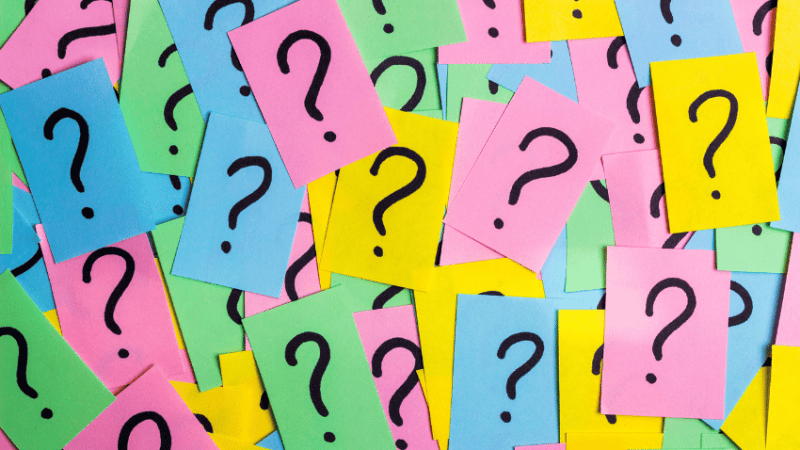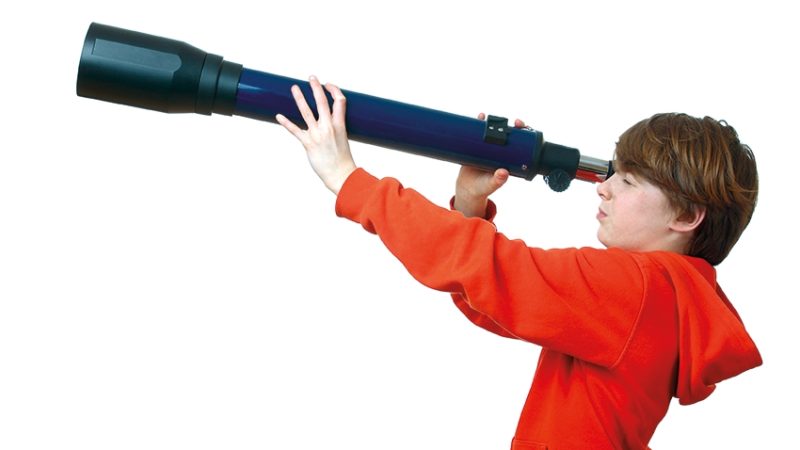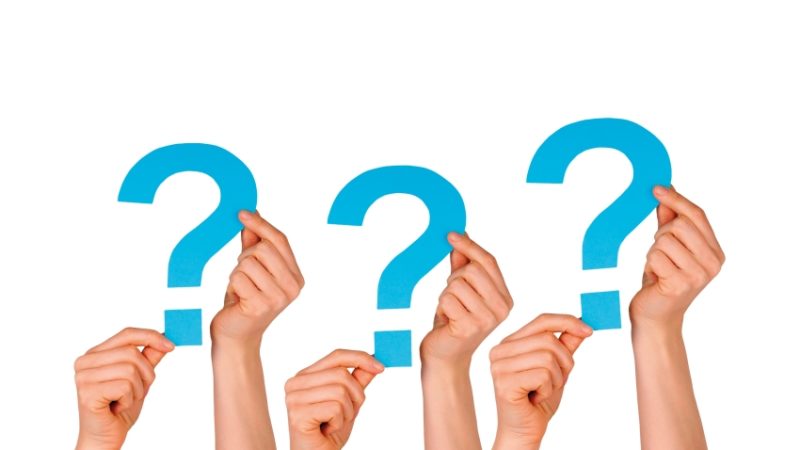Mini whiteboard – Why it’s an essential learning tool
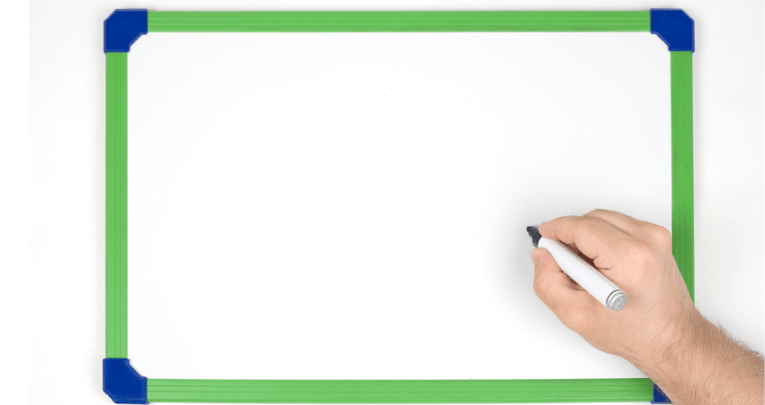
The humble whiteboard can still provide plenty of utility in the classroom to teachers who use them well, says Jennifer Wozniak-Rush…
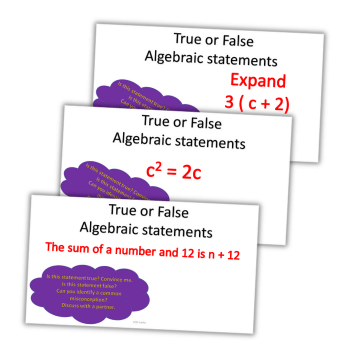
The humble mini whiteboard is a testament to the idea that effective teaching resources needn’t always be high tech.
With these seemingly simple tools we can create more interactive, engaging and dynamic learning environments, build better student engagement, provide instant feedback and ensure mistakes are seen as an important part of the learning journey. Here’s how…
1. Check understanding, instantly
Don’t underestimate the power of mini whiteboards to provide instantaneous feedback. Teachers can pose a question and ask students to write their answers on their mini whiteboards, allowing for a rapid assessment of who’s grasped the idea and who may need further clarification.
Mini whiteboards can and should also be used for regular formative assessments. By assessing students’ understanding during the lesson, teachers can tailor their instruction on the fly to meet the students’ needs and immediately rectify any misconceptions.
2. Involve everyone
Having every student respond using a mini whiteboard will ensure they’re all actively involved in the lesson, thus neutralising opportunities for non-participation.
3. Foster a no-fear environment
On mini whiteboards, mistakes are easily erased. This can encourage students who are unsure to still try, without the fear of permanent errors, and help emphasise the process of thinking and trying.
4. Facilitate brainstorming
When beginning a new topic, whiteboards give students a ready way of jotting down what they already know or any questions they might have.
5. Assist retrieval
Whether your retrieval questions refer to last lesson, last week or last topic, test your students via their mini whiteboards.
6. Encourage elaborative responses
Instead of simple yes/no or multiple-choice answers, teachers can ask students to use their whiteboards to elaborate on their responses, promoting deeper thinking.
7. Check spelling and grammar
In language classes, students can use their whiteboards to write sentences, correct given sentences or spell words, habituating instant correction and learning.
8. Enable peer review
Have students pair up and exchange their whiteboards, so that they can compare answers, discuss discrepancies, learn from each other, and review each other’s responses – all effective ways of fostering peer learning.
9. Sow anticipation
Before revealing an answer or continuing a story, teachers can ask students to note down their predictions of what will happen next.
This keeps them actively engaged while developing their critical thinking.
10. Practice problems
For subjects that frequently draw on diagrams, like biology or geography, mini whiteboards can be an excellent practice aid and means by which to work out problems.
They provide a visual indication that will help teachers spot common mistakes and address them immediately.
11. Monitor progress
For more involved problems and in-depth responses, have students show their progress on their whiteboards. Though be wary of asking students to write lengthy paragraphs, since it will be hard to check them all.
Task students with writing bullet points. You can then use these to guide students in the right direction if you see them veering off course.
Making the most of your mini whiteboard
- Establish some ground rules for how students should use their whiteboards. This is so that they’re tools of learning, and not a form of distraction. I always remind students that they’ll need to show me their answers after my countdown to prevent copying. This also lets me to scan the room and instantly see if I must allow more time for everyone to produce an answer.
- I’ll often remind students that their responses should be legible, so that both I and their peers can understand what they’ve written.
- My students know that their mini whiteboard isn’t for recording ‘correct’ answers, but to encourage thinking and participation.
Jennifer Wozniak-Rush (@MissWozniak) is an assistant headteacher for teaching and learning, and an SLE in MFL.






